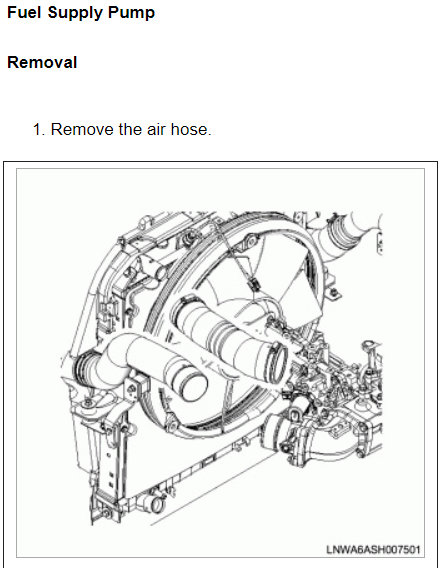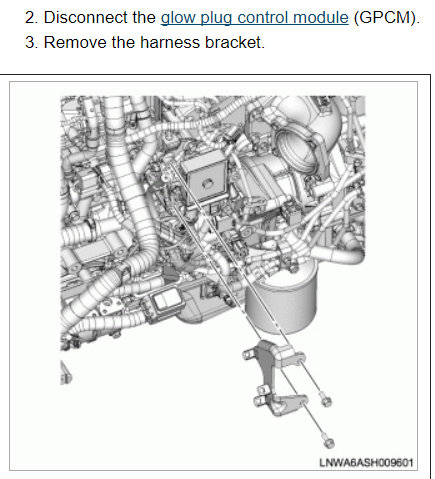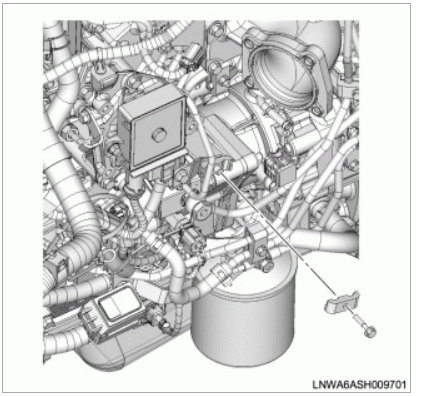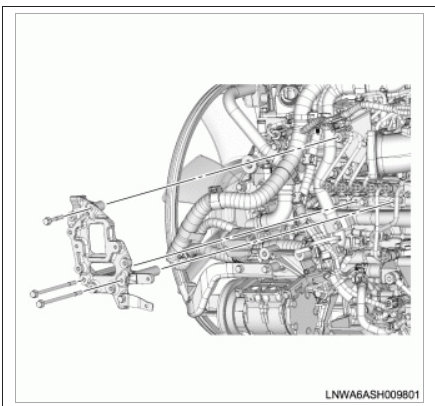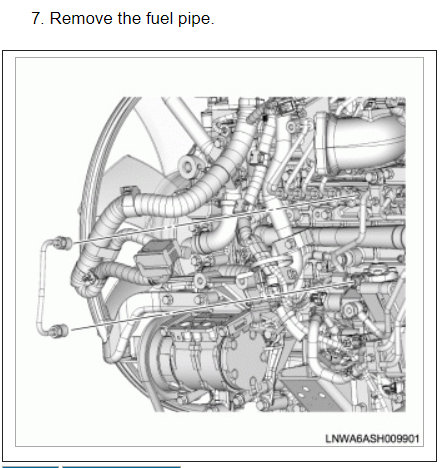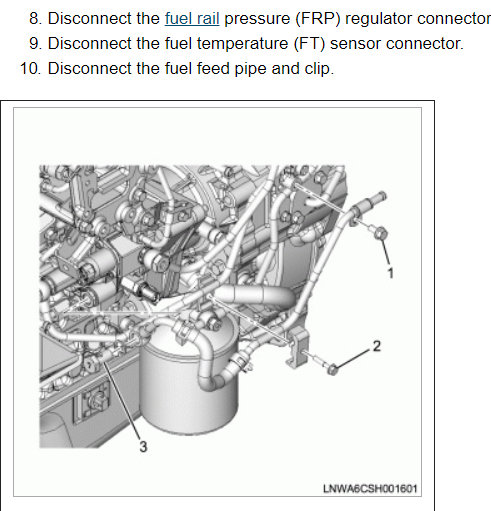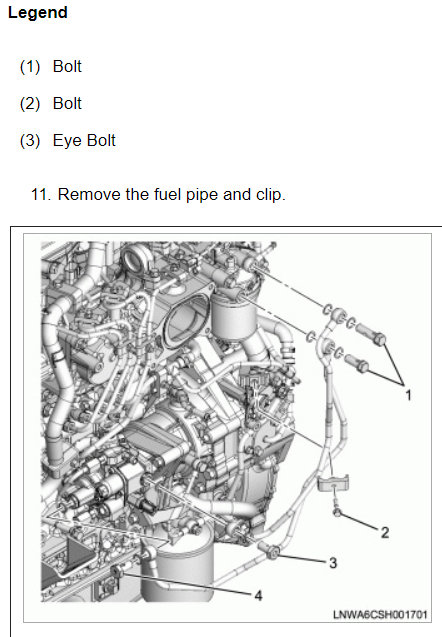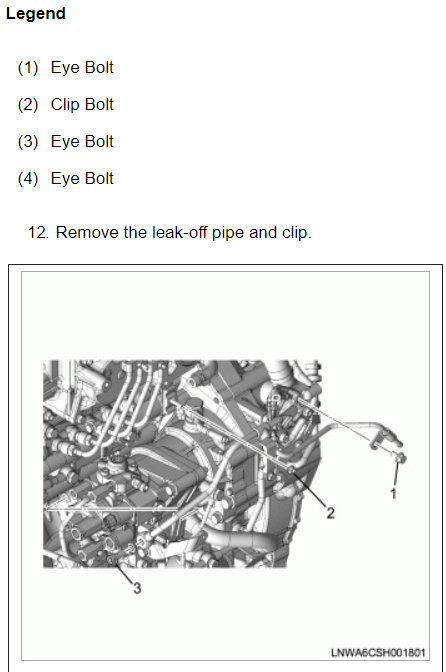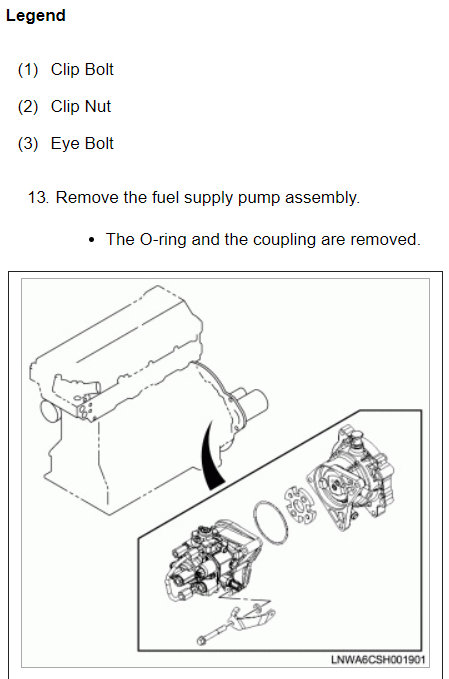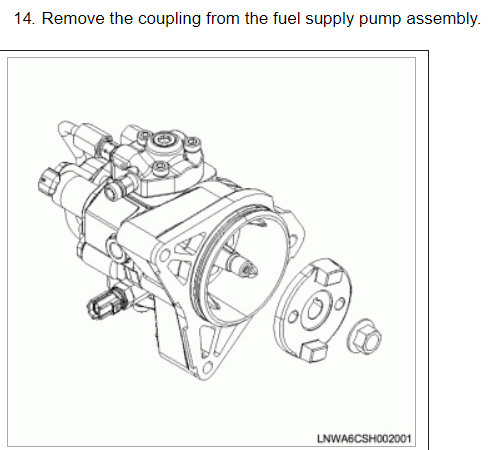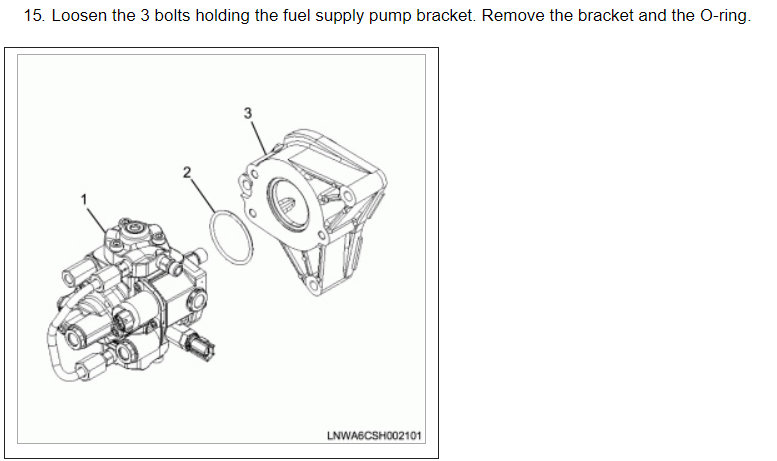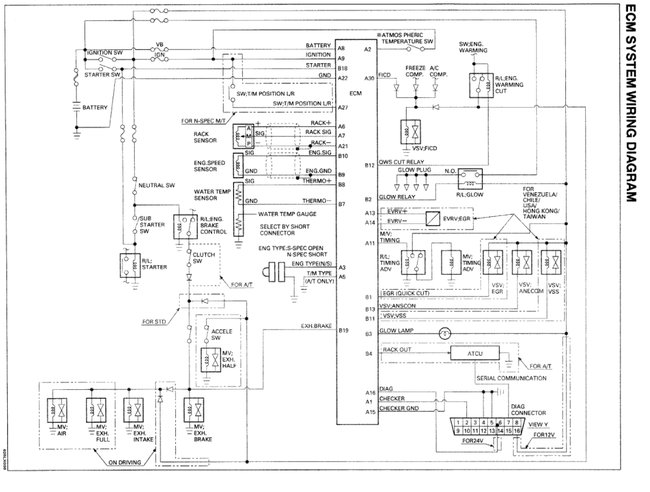Why so many fuel pumps? At some point you have to figure out that isn't the cause of the stalling. Has anyone actually diagnosed anything yet? Has anyone checked for spark when it won't start? By far the most common causes of engine stalling on any brand of vehicle causes a loss of fuel AND spark but too many people get hung up on the first thing they find missing, and don't look for any additional clues. Has anyone read the diagnostic fault codes yet?
I'm definitely not a fan of GM's customer-unfriendly business practices, but what you're describing happens all the time on all brands of vehicles. That's no reason to expect a recall or special action on their part. What you need is a proper diagnosis.
When you have an engine running problem, you need to list the engine size. In this case the only V-8 is a 5.7L so there's no mystery there. Your engine uses a crankshaft position sensor, a camshaft position sensor inside the distributor, and an ignition module. It is real common for any of those to fail by becoming heat-sensitive, then they work again after they cool down for about an hour. When the signal is lost from either sensor, the Engine Computer will shut down the ignition coil, injectors, and the fuel pump because it thinks the engine stopped rotating. That is a safety measure done on all vehicles in case a fuel line gets ruptured in a crash. The fuel pump could keep running and dump raw fuel on the ground creating a major fire hazard. With no fuel pressure, the engine can't run. When it stalls, the Engine Computer sees that engine rotation stopped by the lack of signals from those sensors, so it shuts everything down, including the fuel pump. A lot of people only see the stopped fuel pump and they assume it is defective.
If you're lucky, there will be a diagnostic fault code stored in the Engine Computer. Don't disconnect the battery or let it run dead because that will erase that valuable information. Many auto parts stores will read those codes for you for free. Be aware that fault codes never say to replace a part or that one is defective. They only indicate the circuit or system that needs further diagnosis, or the unacceptable operating condition. Many auto parts salespeople don't understand that. When a sensor is referenced in a fault code, it is actually the cause of that code about 50 percent of the time. You also have to rule out broken wires, corroded splices, stretched and corroded connector terminals, and things like that.
Sometimes a code doesn't set because the engine stops running too quickly. In that case you need a scanner to view live data. During the no-start condition, most scanners will list those two sensors with some indication of whether signals are being received from them during cranking.
Tuesday, October 30th, 2018 AT 5:34 PM
(Merged)
